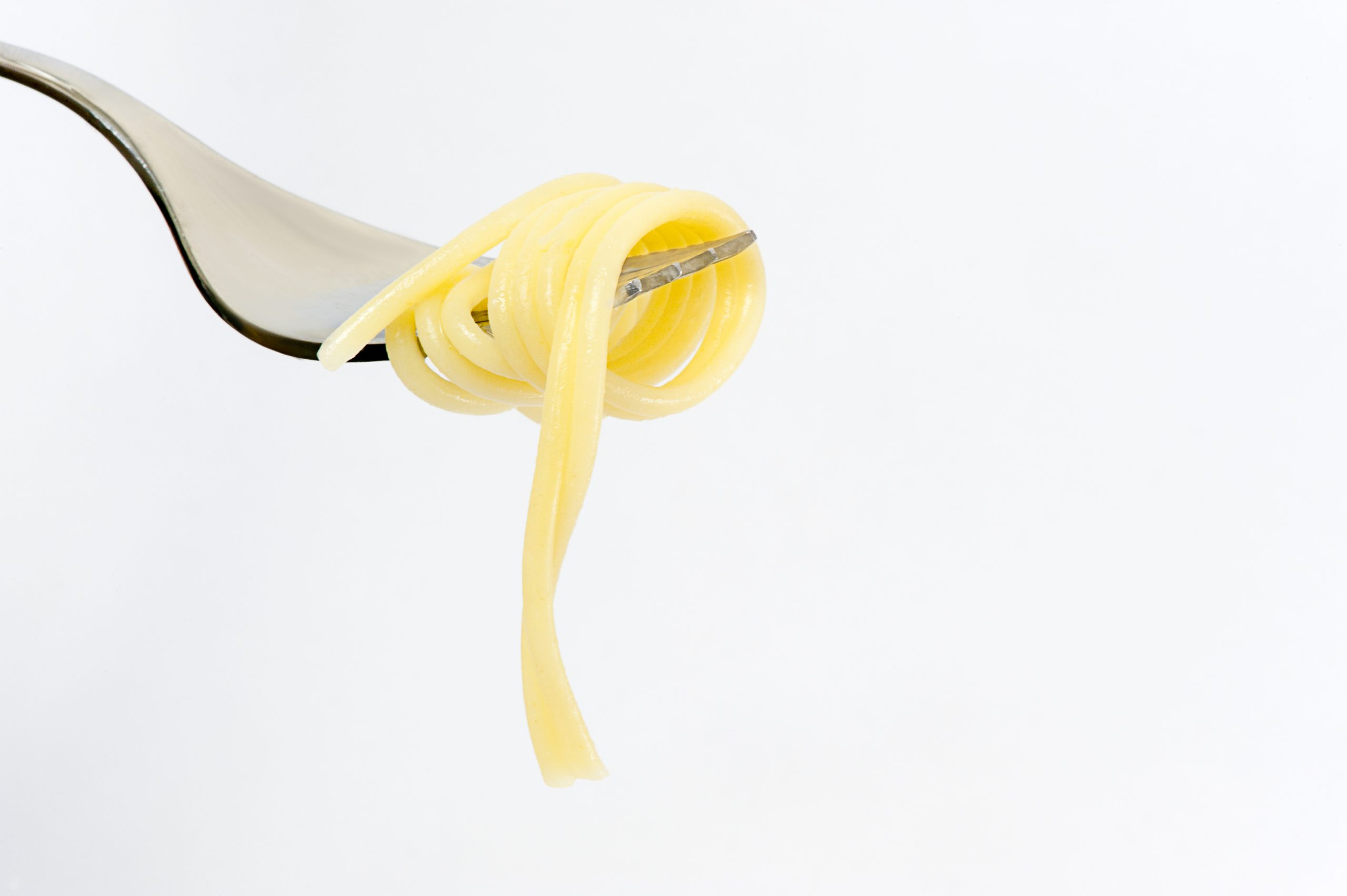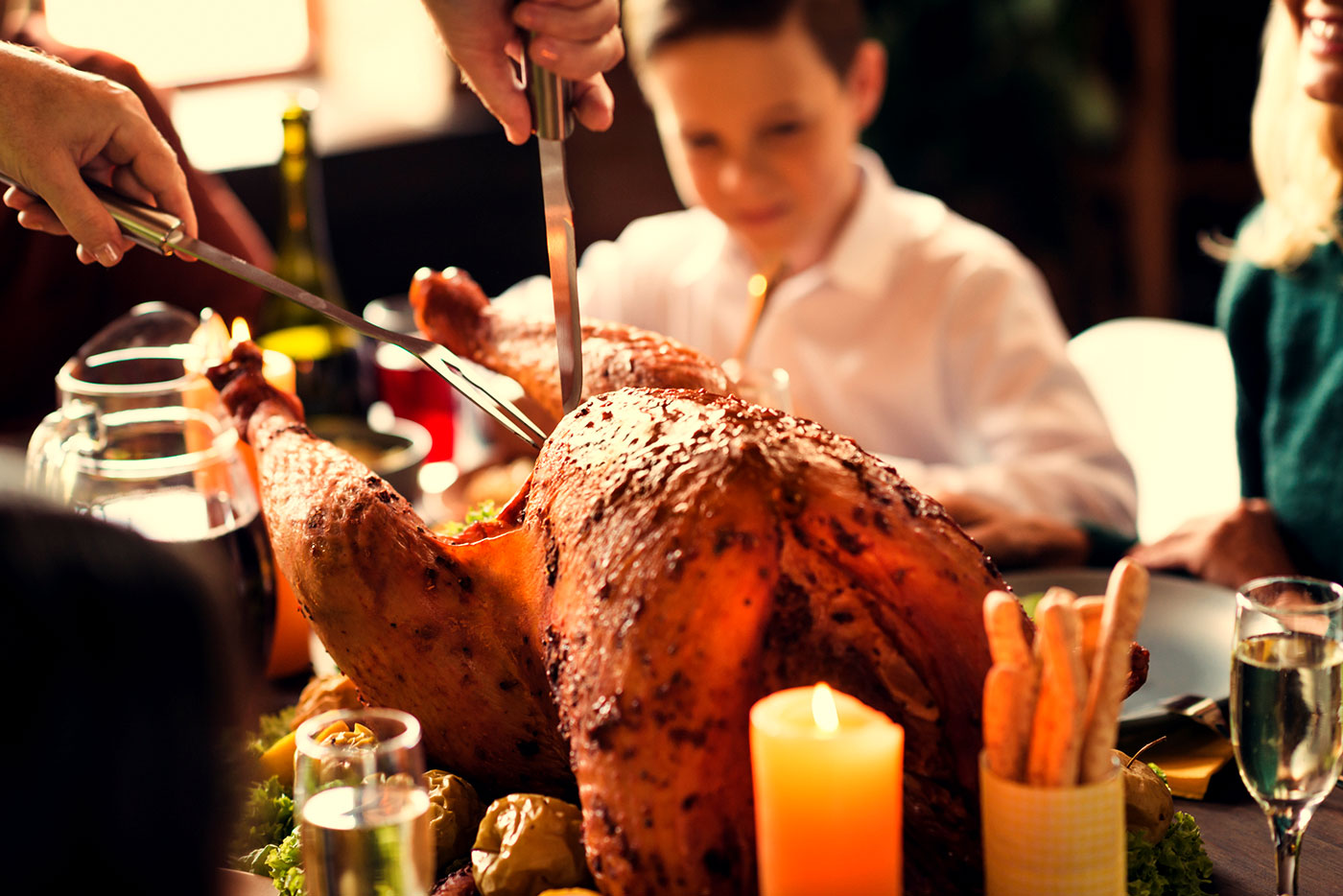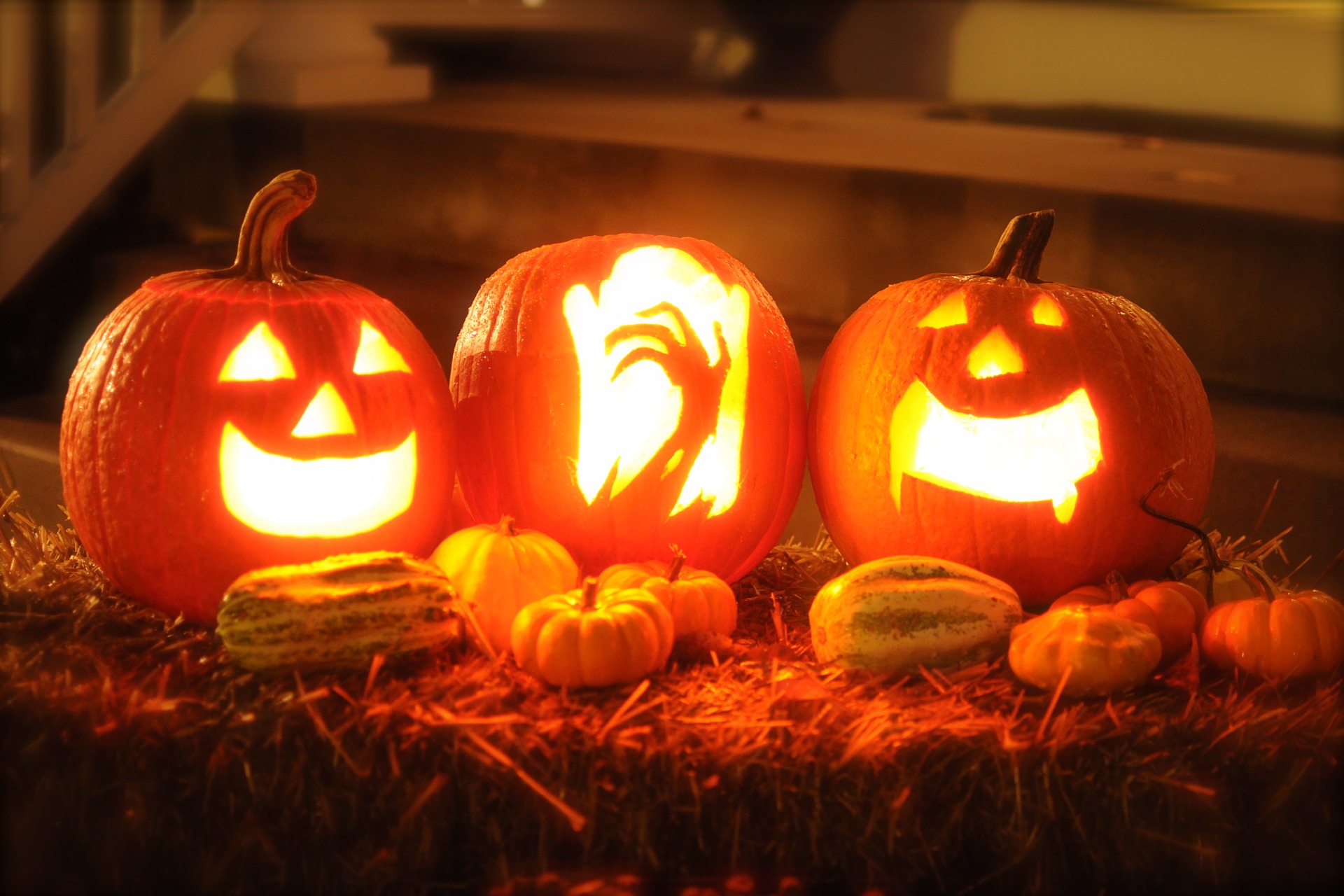During one of my visits to Sicily, as I sat across the dinner table from my host Francesco, his wife Pina dished out mounds of spaghetti. She seemed determined to fill her husband’s plate to capacity, but before she could do so, I heard him say, “Basta colla pasta,” which means that’s enough pasta.
It so happens that I love pasta, so I was not about to break this poor woman’s heart by limiting the amount of pasta she had planned to put in my plate.
Pasta has long been known as a staple of Italy. It is a popular food which conjures up images of the boot-shaped peninsula. For a good part of my life, I believed that Marco Polo deserved all the thanks for bringing Pasta to Italy. We had a very nice fourth-grade teacher, God bless her, but she didn’t have a clue. She taught us that pasta was brought to Italy by Marco Polo upon his return from China around 1292. I have since discovered that pasta was enjoyed by Sicilians over a century before Marco Polo was born.
In The Book of Pleasant Journeys into Faraway Lands, authored by an Arab geographer named Muhammad al-Idrisi, there is a brief passage which includes a narrative describing the people of a Sicilian town called Trabbia in the province of Palermo making a form of pasta in long strands from African-style wheat around the year 1154.
We know from history that the Arabs had invaded and occupied Sicily since the beginning of the tenth century. Besides introducing foods such as spinach, almonds and rice, Arabs are also credited with making different forms of pasta. What is more, there is documented evidence to the effect that Italian and Arabian pasta are made from a style of wheat which did not originate in Europe, but in Africa.
Because this staple product was economically affordable, it grew in popularity. By the fourteenth century, dried pasta had become quite popular, especially for travelers. Explorers could store pasta in ships as they traveled the world. In time, those preparing pasta dishes came up with the idea of using tomato sauce to give it more flavor. Prior to that, most people who ate pasta, did so with their hands, while the wealthy used eating utensils.
The Italian word pasta translates to the English word “dough.” Pasta is dough comprised of grain flour mixed with water. There are many sizes and shapes of pasta called noodles. The name of the noodle is determined by its shape. For example, in Italian the word for “string” is spago and the plural of spago is spaghi, meaning several strings. If this is beginning to sound familiar, you should know that Spaghi is used to describe one of the world’s most popular pasta dishes known as spaghetti: a whole lot of strings.
If the spaghetti are thin they are called Spaghettini and if the spaghettini are even thinner, possibly as thin as hairs they are called capelli: Extra thin hairs are called capellini. It also works the other way around: Big spaghi which we very seldom hear about are called spaghettoni because they are extra thick or extra long.
With the passage of time, new shapes of noodles were invented by manufacturers and cooks or they may have invented new names for some of the old ones. I have personally seen and counted well over one hundred and fifty different pasta noodles and I am fairy certain that I have barely seen half of them.
Much like spaghetti, noodles are named after what they resemble, such as:
“Little tongues”- Linguini,
“Little worms”- Vermicelli,
“Shells”- Conchiglie,
“Small Ribbons”- Fettucine,
“Butterflies”- Farfalle,
“Quills”- Penne,
“Little cakes”- Tortellini … and the list goes on.
Names of noodles are known to change depending upon the eye of the beholder. For example: Farfalloni are big butterflies and Farfalle are smaller ones but Americans prefer to call them big bowties and small bowties. The noodles in the shape of a wheel are the Rotelle or Ruote in Italy but are called the Wagon Wheels in America. And as for capellini, some enterprising Americans who apparently didn’t like the idea of consuming hairs, renamed them “Angel Hair,” now isn’t that divine?
The term “pasta” also refers to a large variety of noodle dishes cooked and served in any number of ways. Pasta may be dried (pasta secca) or fresh (pasta fresca).
Basically, pasta is prepared in three different ways. There are both dried and fresh pasta called pastasciutta, served with a sauce or olive-oil-and-garlic or ricotta or butter or any other kind of flavoring and in many cases, it is topped with grated cheese.
The second way is to serve pasta as a soup dish called pasta in brodo such as chicken noodle soup or anelli “rings” or anellini which is the smaller version of anelli or alphabets or stars … you get the picture.
Thirdly, there is a category known as pasta al forno in which noodles are oven-baked with ingredients left to the imagination of the chef. Of all the baked pasta, one of the most popular is probably le lasagne, made with a very wide noodle arranged in layers separated by various cheeses, sauce, meat, and seasonings between layers.
Some noodles are made large enough to be stuffed. Two of the most popular stuffed noodles are cylindrically shaped called manicotti and cannelloni. Do you remember the shell-shaped noodle Conchiglie we talked about? Well there are larger shells for stuffing called Conchiglioni. All these three noodles are usually stuffed with a mixture of ricotta and other cheeses, then covered with tomato sauce and baked.
It has been years since I enjoyed that wonderful dinner with Francesco and Pina in Sicily. I left their table with two things: a full stomach and the catchy phrase: “Basta colla pasta,” which I have committed to memory. Why? Because I want to be prepared in the event that someday, somewhere, someone may try to give me too much pasta.
Buon appetito!































